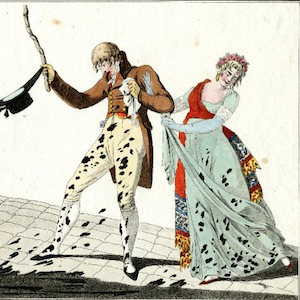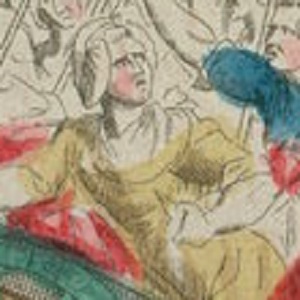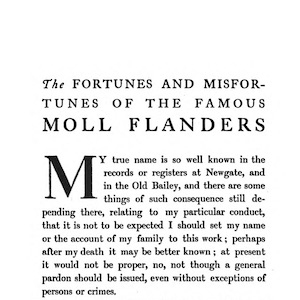Social Structure

Louis Rides a Pig
Equestrian skills were expected of a monarch. But portraying the King mounted on a pig was most unflattering. Linking royalty to animals was a theme that emerged after the flight to Varennes.

Scene of Directory Life, Men and Women from L’Optique du Jour
After Jacobin control faded, with its repression of exuberant social life as well as political diversity, the following years saw a rebirth of open pleasures. This image focuses on fashionable men and women enjoying the good life.

The Annoyance of Walking
French nobles had been used to riding in carriages or on horseback. Now, so radicals hoped, they could no longer afford to do so either financially or politically. The imagined response of this social elite reveals clearly to their attackers the worthlessness of such people.

Enslaved and Free Blacks in Saint Domingue
This engraving pairs images of enslaved people and free blacks in four categories: dress, deportment, entertainment, and access to water. Although there are differences between the pairs, these are not as great as they might be.

The King Returns to Paris
From Berthault’s series of great moments in the Revolution, this engraving presents a version of events on 6 October 1789 favorable to the King.

Watch Yourself or You'll be a Product for Sale
The women in this image appear to be tempted to a life of prostitution. The female figure in the left foreground gestures toward the door but remains modestly attired. Once inside, the women are there for the pleasure of men and wear revealing or little clothing.

Provincial Painting—Minatures
Surrounded by her children, this woman represents conventionality and respectability.

To Versailles, To Versailles!
The women who arrived, though lightly armed, were no shrinking violets. They insisted that the royal family return to Paris where, in fact, they would find themselves under virtual house arrest.

The Fortunes and Misfortunes of the Famous Moll Flanders
Daniel Defoe's novel The Fortunes and Misfortunes of the Famous Moll Flanders, published in 1722, is a useful historical text for examining the everyday lives of female children as well as the possibilities of girlhood in 18th-century British society.

Peter Kolb Travel Narrative 1
Peter Kolb was a German astronomer and mathematician who lived at the Cape from 1705 to 1713. He was initially sponsored by a German baron to make astronomical observations in pursuit of a way to calculate longitude accurately.